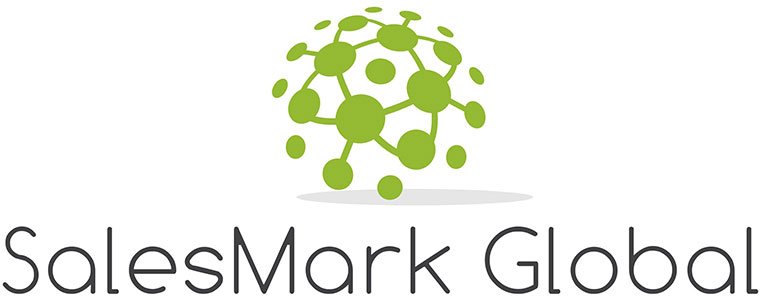How to Choose the Best ABM Tool for Your SaaS Company in 2025
Discover how to choose the best ABM tool for your SaaS company in 2025. Learn key factors to consider for seamless customer targeting and growth.
In 2025, account-based marketing (ABM) has become an indispensable strategy for SaaS companies looking to drive targeted engagement and maximize return on investment (ROI). By focusing on high-value accounts rather than a broad audience, ABM aligns sales and marketing efforts to foster long-term relationships and revenue growth.
However, the success of ABM initiatives often hinges on the right technology.
With an effective ABM tool, marketers and sales professionals can help their SaaS companies identify target accounts, personalize messaging, optimize campaigns, and analyze performance metrics.
In today’s blog, we will explore the critical factors for choosing an ABM tool for your SaaS business, covering key features, common pitfalls, integration capabilities, and trends shaping the ABM landscape.
Table of contents
1. Understanding Your ABM Goals and Needs
2. Core Features to Look for in an ABM Tool
3. Integration with Your Existing Tech Stack
4. Evaluating Scalability and Usability
5. Customizing ABM Strategies with the Right Tool
Conclusion
1. Understanding Your ABM Goals and Needs
Aligning your choice with your marketing and sales objectives is crucial before selecting an ABM tool.
According to a report by Forrester, 62% of B2B marketers say aligning ABM goals with business objectives significantly impacts success. Begin by addressing these key questions:
- Are you focusing on account acquisition, retention, or expansion?
- What level of personalization is necessary for target accounts?
- Which metrics are most critical to your strategy (e.g., pipeline growth, deal velocity, ROI)?
However, different SaaS companies also have unique priorities.
- Startups: Focus on account targeting and lead generation to establish a strong foothold in the market.
- Enterprise SaaS: Requires advanced features like multi-touch attribution and scalability to manage large-scale campaigns.
- By identifying your business-specific needs, you can ensure that the tools are aligned with your strategic goals.
2. Core Features to Look for in an ABM Tool
Choosing the right ABM tool requires identifying key features that support targeted, effective marketing.
By considering the following must-haves, you can select the right tool:
2.1 Account Identification and Prioritization
Does the tool use predictive analytics and intent data to pinpoint high-value accounts? For instance, platforms such as Demandbase and 6sense utilize AI to identify prospects exhibiting buying signals, ensuring precise engagement.
2.2 Personalization Capabilities
Can a tool create dynamic, persona-specific content? Yes, in a recent survey by Salesforce, it was witnessed that 72% of buyers expected personalization. Therefore opting for tools such as HubSpot and LeadGenius enables segmentation and customized messaging for better engagement.
2.3 Campaign Orchestration
Does the tool support cross-channel campaigns (email, social, and web)? You will find this exact feature on tools such as Triblio and Terminus that will allow seamless integration, ensuring consistent messaging across all touchpoints.
2.4 Analytics and Reporting
The most important part of a good ABM tool is providing actionable insights; tools such as Uberflip and Pardot offer performance metrics to optimize campaigns and track ROI.
Choosing an ABM tool with these features ensures targeted, efficient marketing that aligns with your business goals.
3. Integration with Your Existing Tech Stack
Integrating an ABM tool with your existing tech stack is crucial for maximizing efficiency and avoiding data silos. It is essential to look for ABM tools that seamlessly integrate with key systems such as CRM, marketing automation, and analytics tools to ensure smooth workflows, real-time data sharing, and actionable insights.
3.1 CRM Integration
As per Forrester, 2023, a well-integrated ABM tool can improve customer retention rates by 27% through better account insights. Tools compatibility with ABM platforms like Salesforce or HubSpot is essential for managing account data.
3.2 Marketing Automation
Syncing with tools such as Marketo or Pardot streamlines workflows automates lead nurturing, and improves campaign efficiency.
3.3 Analytics Tools
Integration with platforms such as Google Analytics or Tableau allows for deeper performance analysis, helping organizations achieve higher ROI on ABM campaigns.
4. Evaluating Scalability and Usability
As your SaaS company expands, selecting an ABM tool that can grow with your business is essential. Here are key considerations:
4.1 User-Friendliness
A tool with an intuitive interface ensures ease of use for your team, reducing the learning curve and increasing productivity.
4.2 Team Adoption
Robust training and onboarding support are critical for seamless integration. Look for vendors offering workshops, tutorials, and dedicated customer success teams.
4.3 Cost-Effectiveness
Ensure the tool can handle increased account volume or feature upgrades without excessive cost escalation. Opt for tools that provide flexible pricing models that can make scaling more manageable.
5. Customizing ABM Strategies with the Right Tool
The ideal ABM tool should align with your company’s unique strategies. Customizing your campaigns ensures you maximize the potential of your ABM efforts.
Here’s how:
5.1 Target Specific Accounts
Use the tool’s account identification features to prioritize high-value accounts based on intent data, firmographics, and behavior.
5.2 Tailor Content
Leverage personalization features to craft messaging for different buyer personas within each account, improving engagement and conversion.
5.3 Measure Success
Utilize advanced analytics and reporting capabilities to track KPIs like account engagement, deal velocity, and pipeline growth, refining strategies for better results.
Conclusion
In the 21st century, selecting the best ABM tool for your SaaS company is a critical step toward achieving targeted marketing success.
As ABM continues to evolve, leveraging AI, predictive analytics, and omnichannel capabilities will be vital for staying ahead of the competition. SaaS companies that invest in the right ABM tool can foster stronger relationships, shorten sales cycles, and achieve sustainable growth.
Therefore, choosing the right ABM tool is not just a technological decision—it’s a strategic investment in your company’s future success.
Visit Our SalesMarkBlog Section to Uncover the Sales Strategies That Ignite Your Sales Journey!





